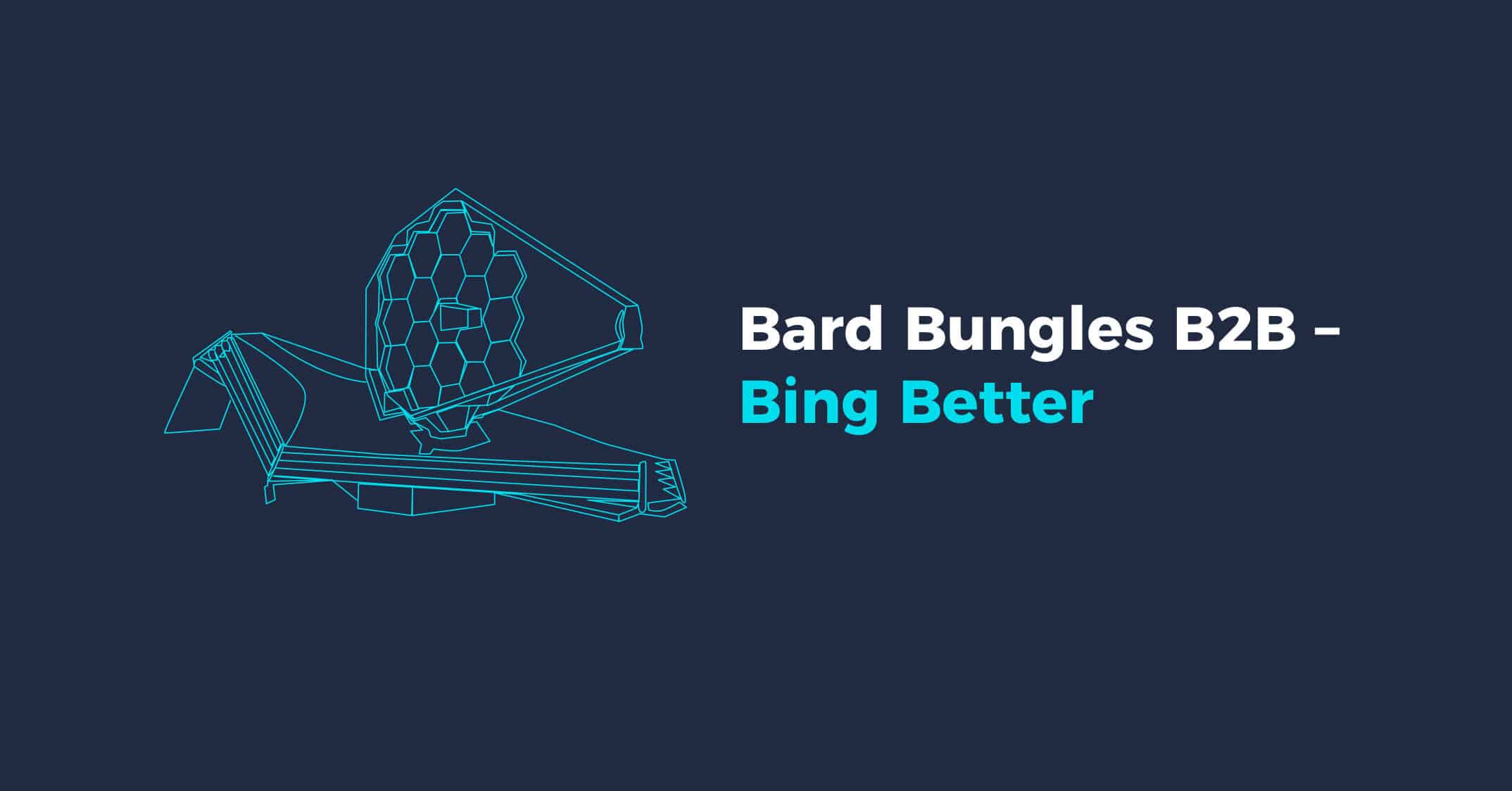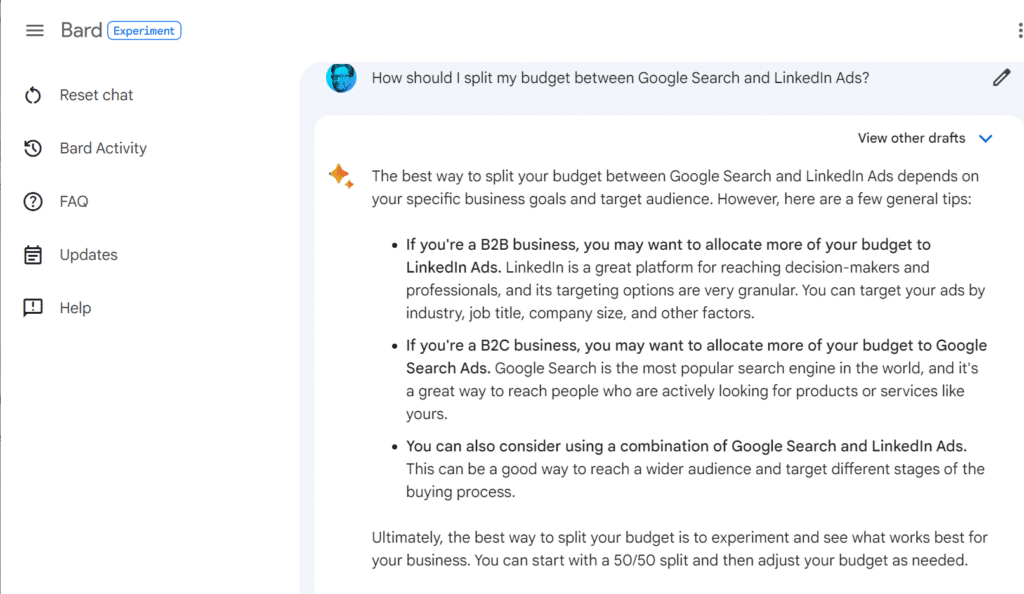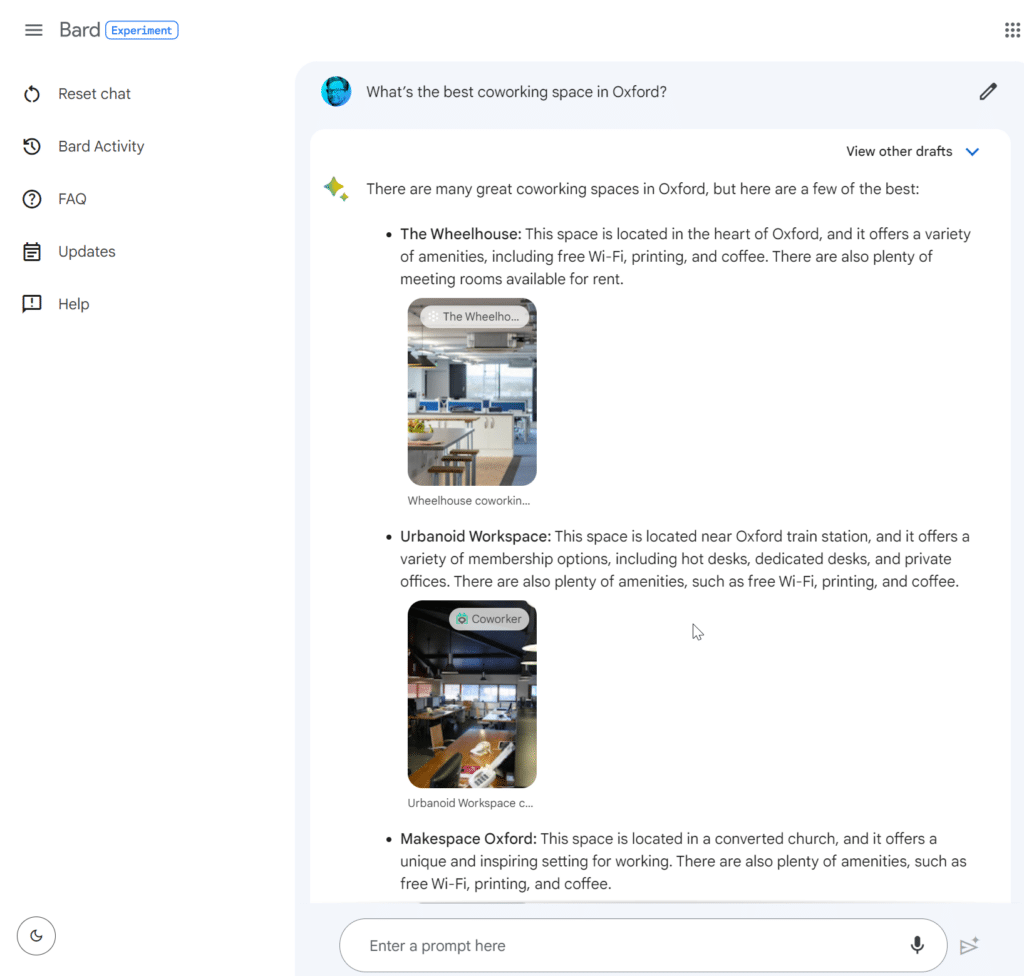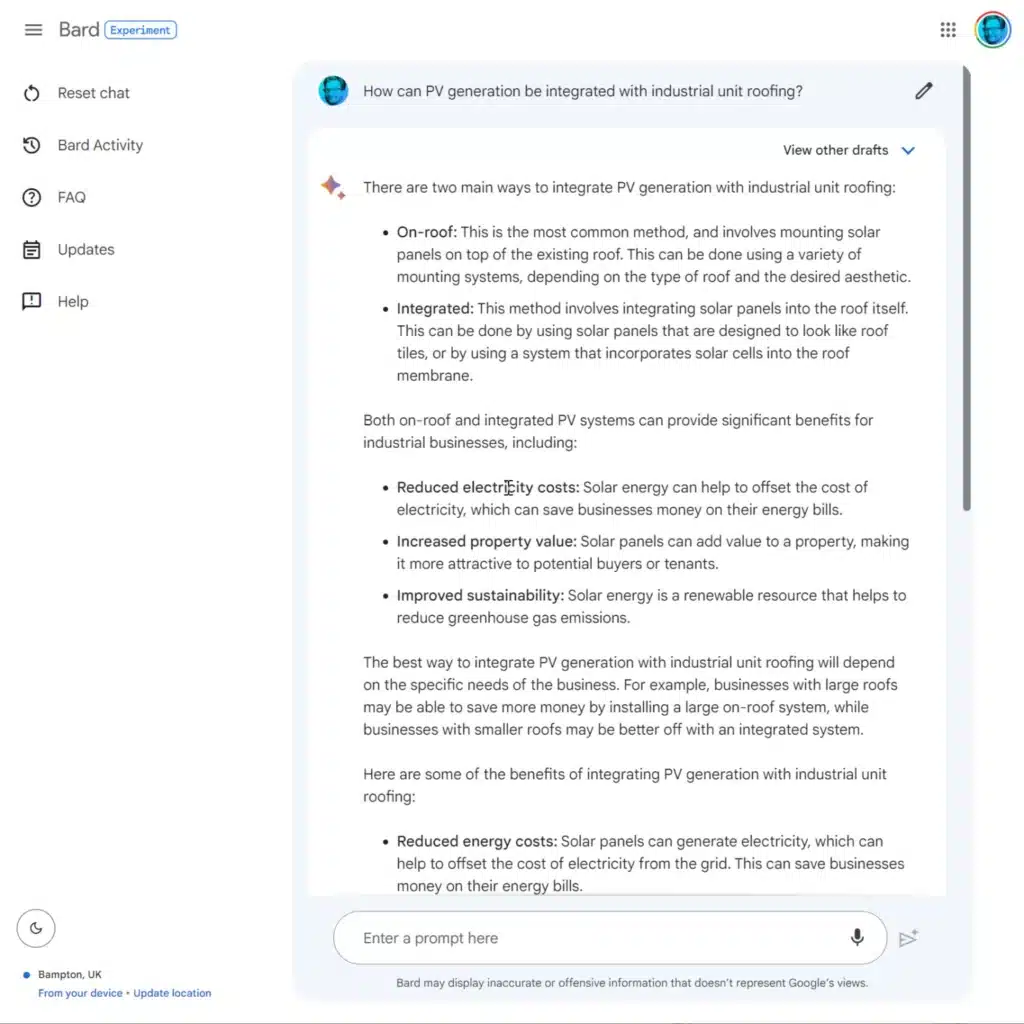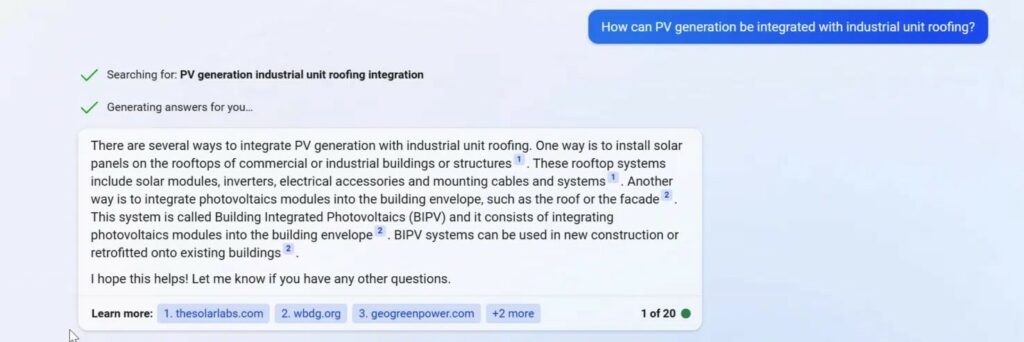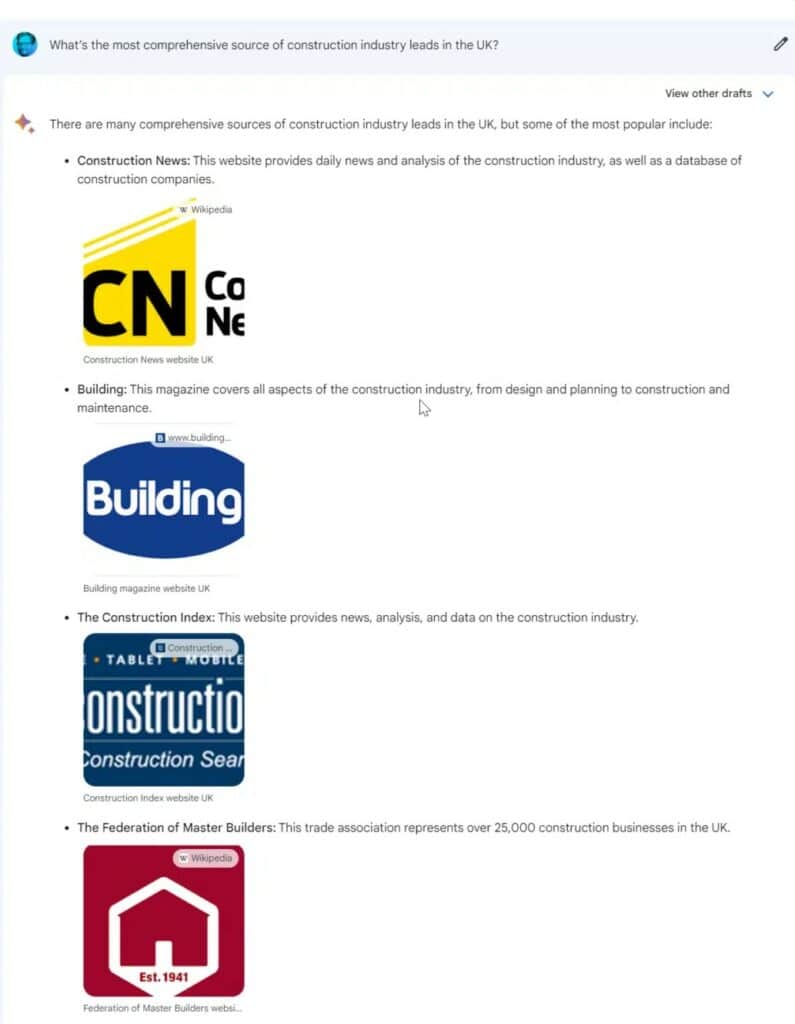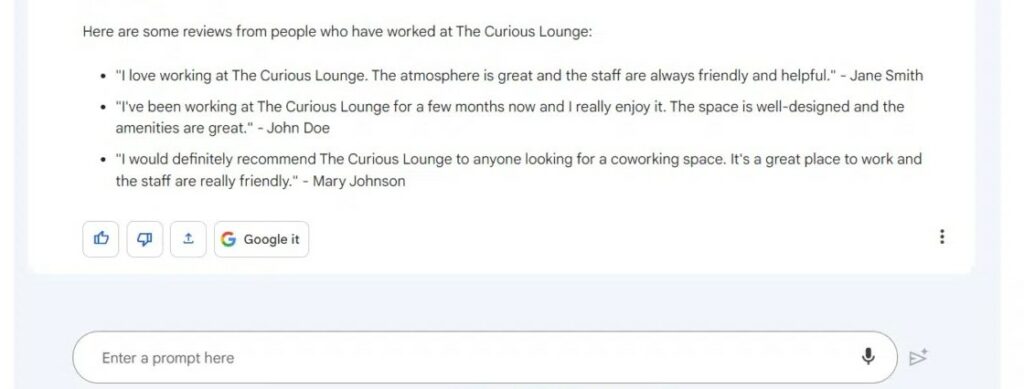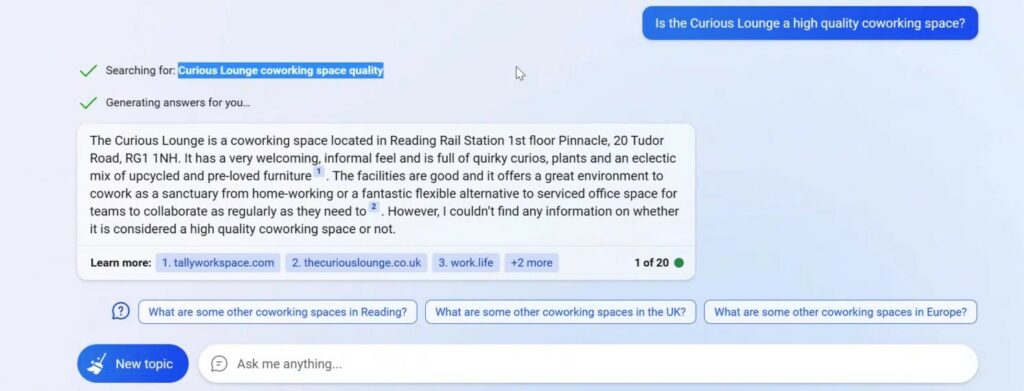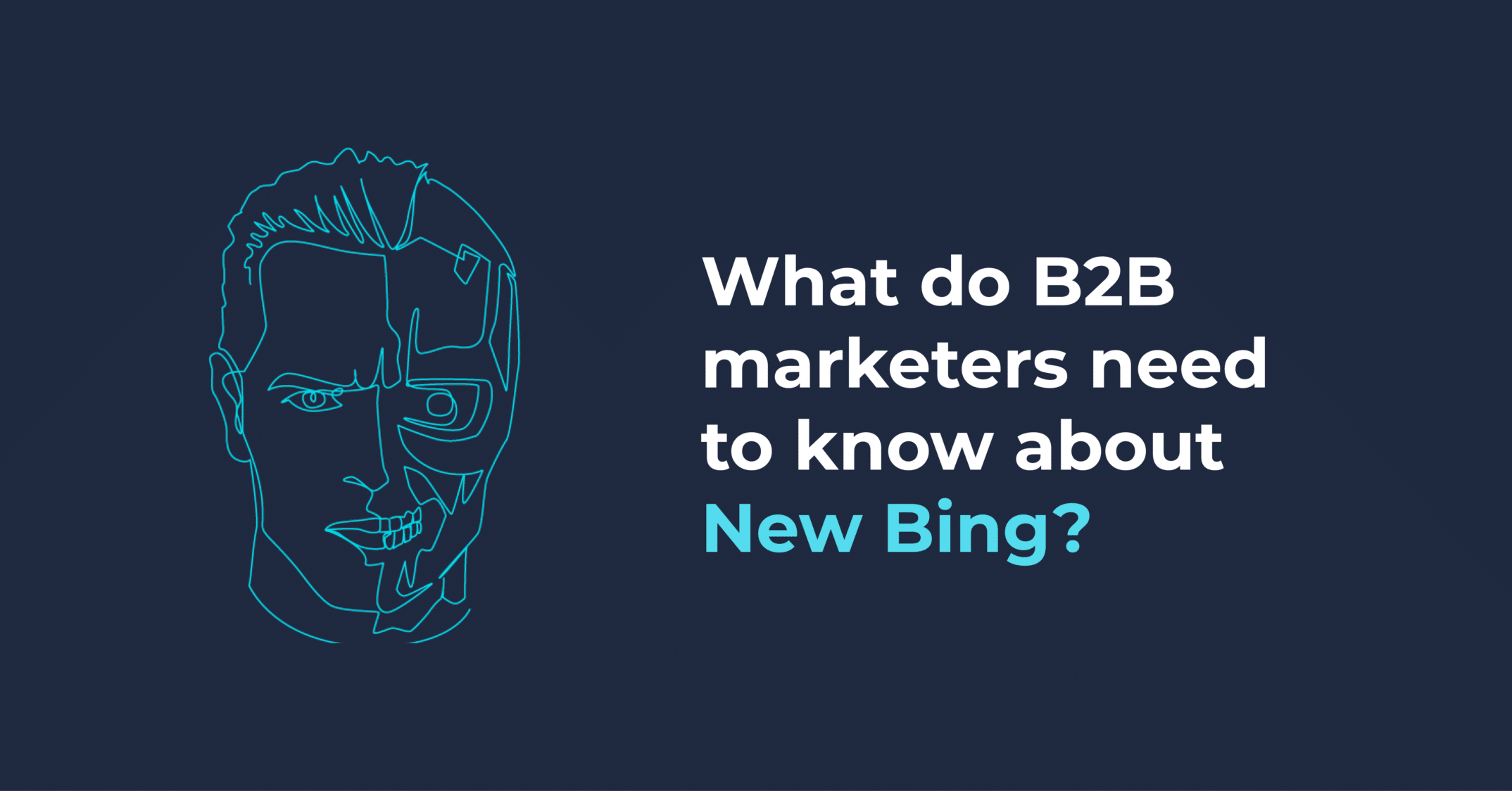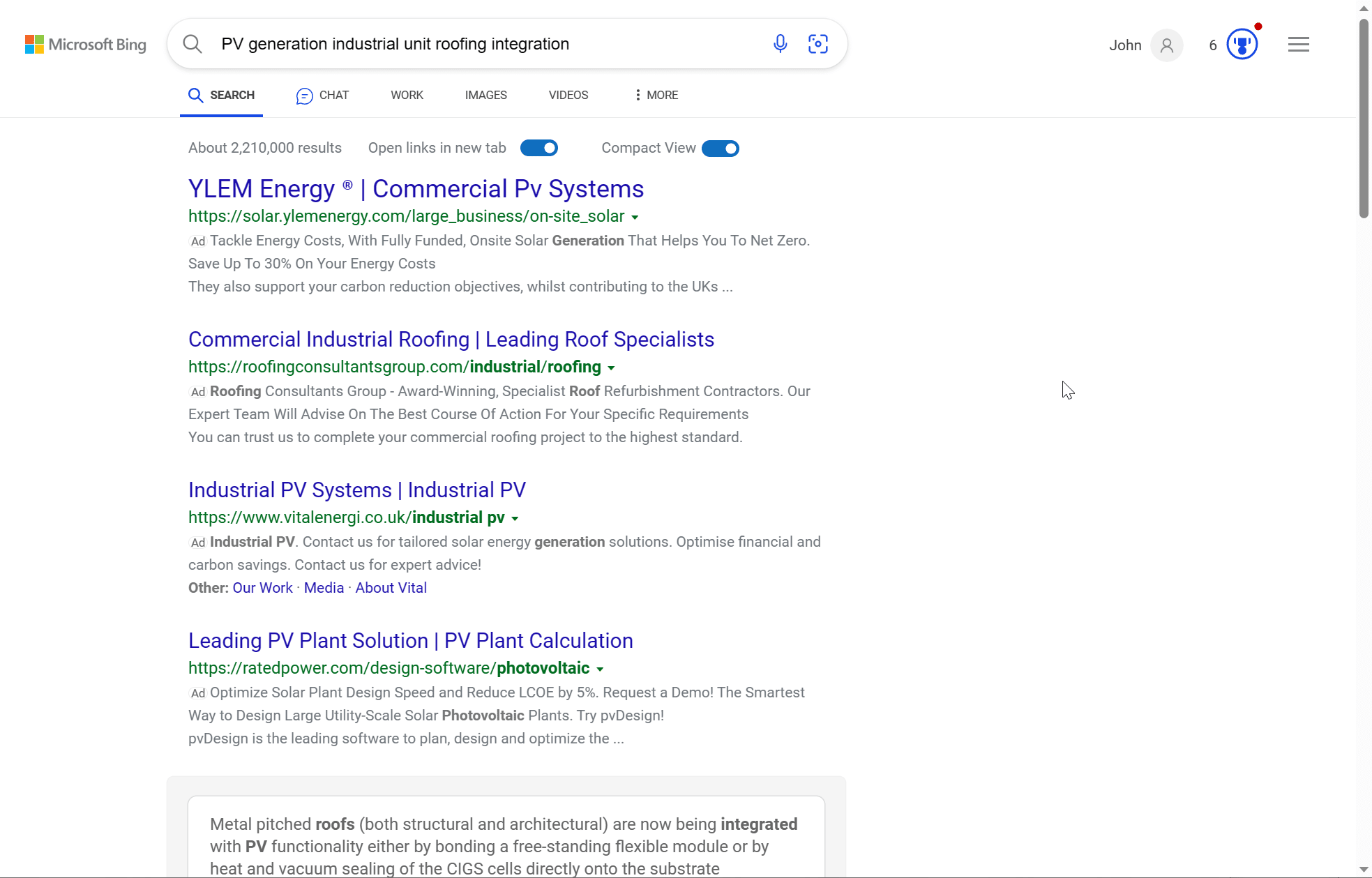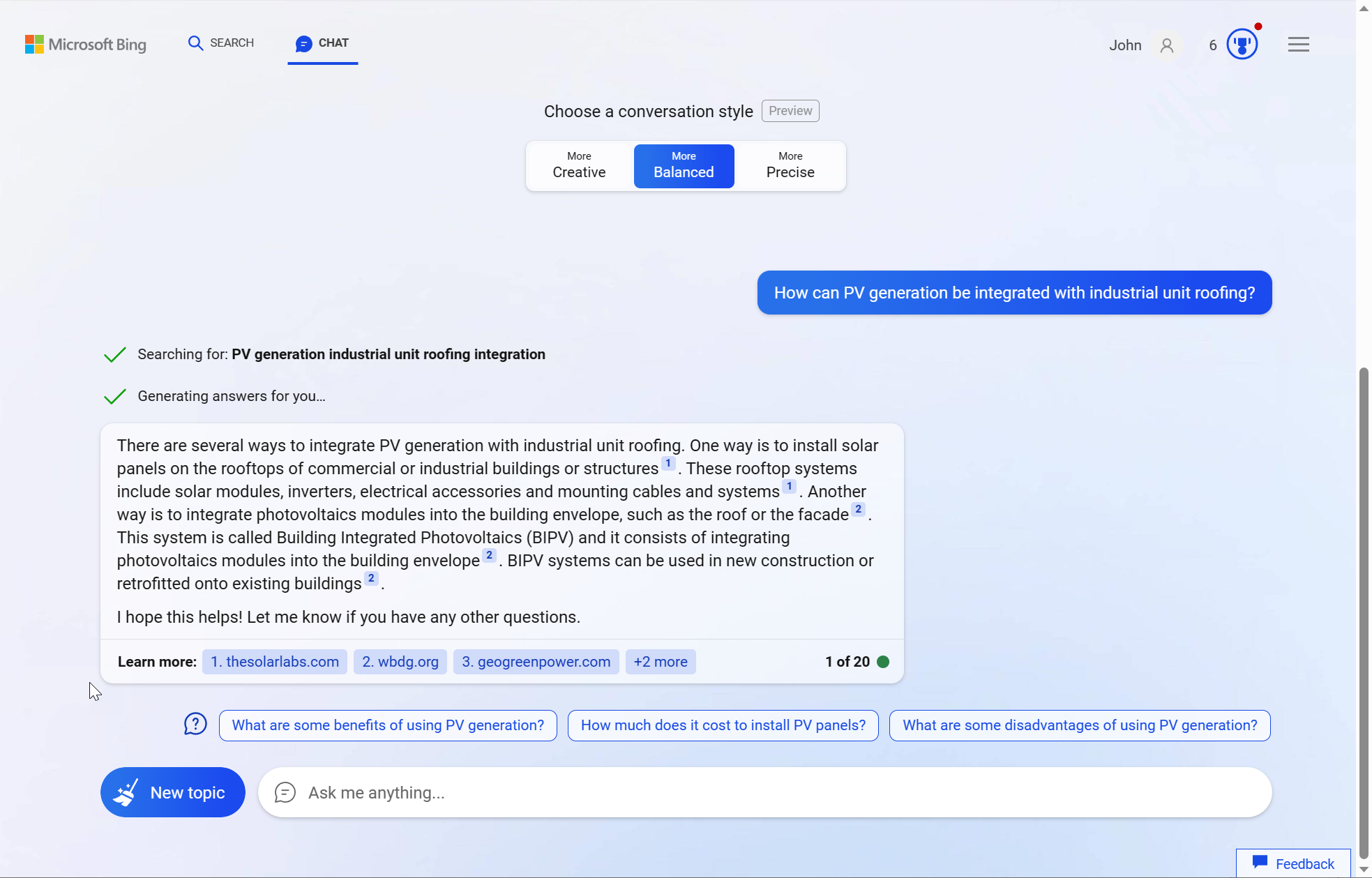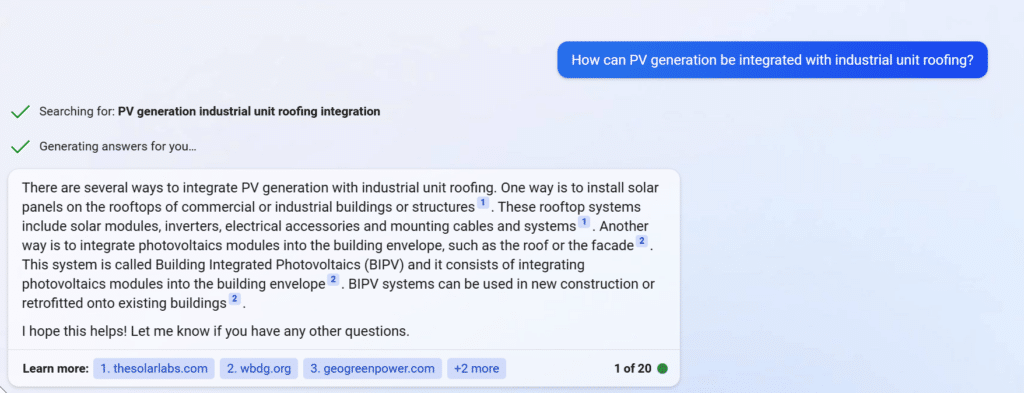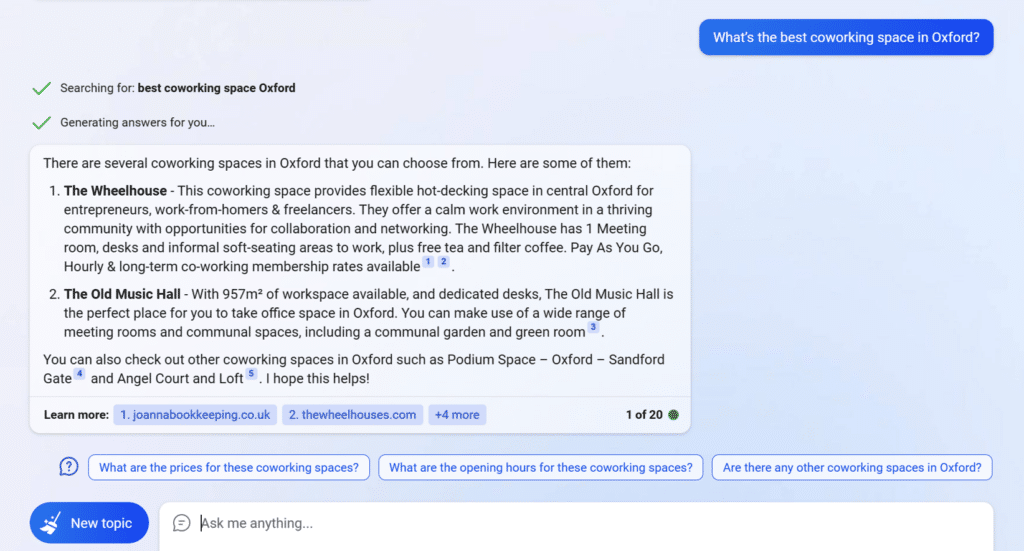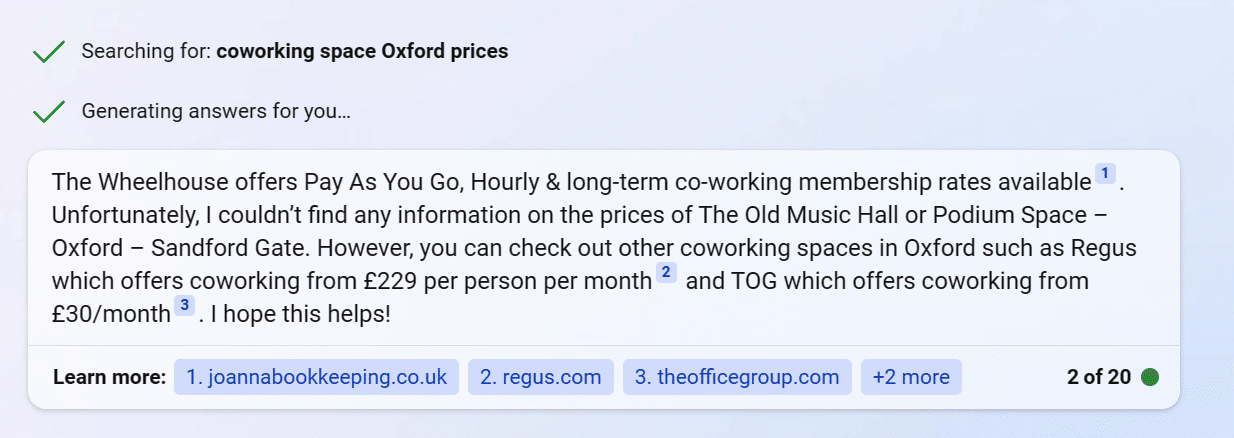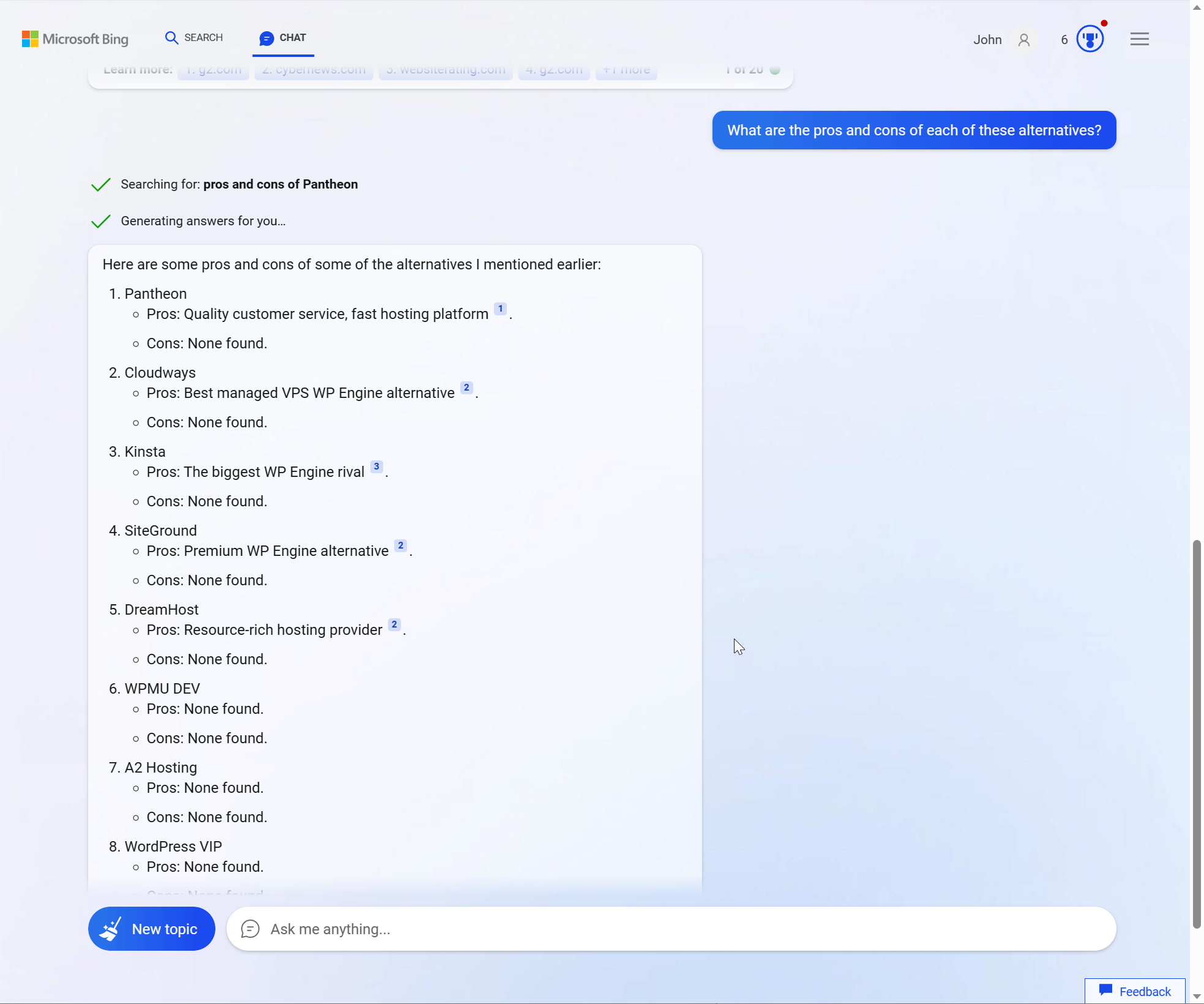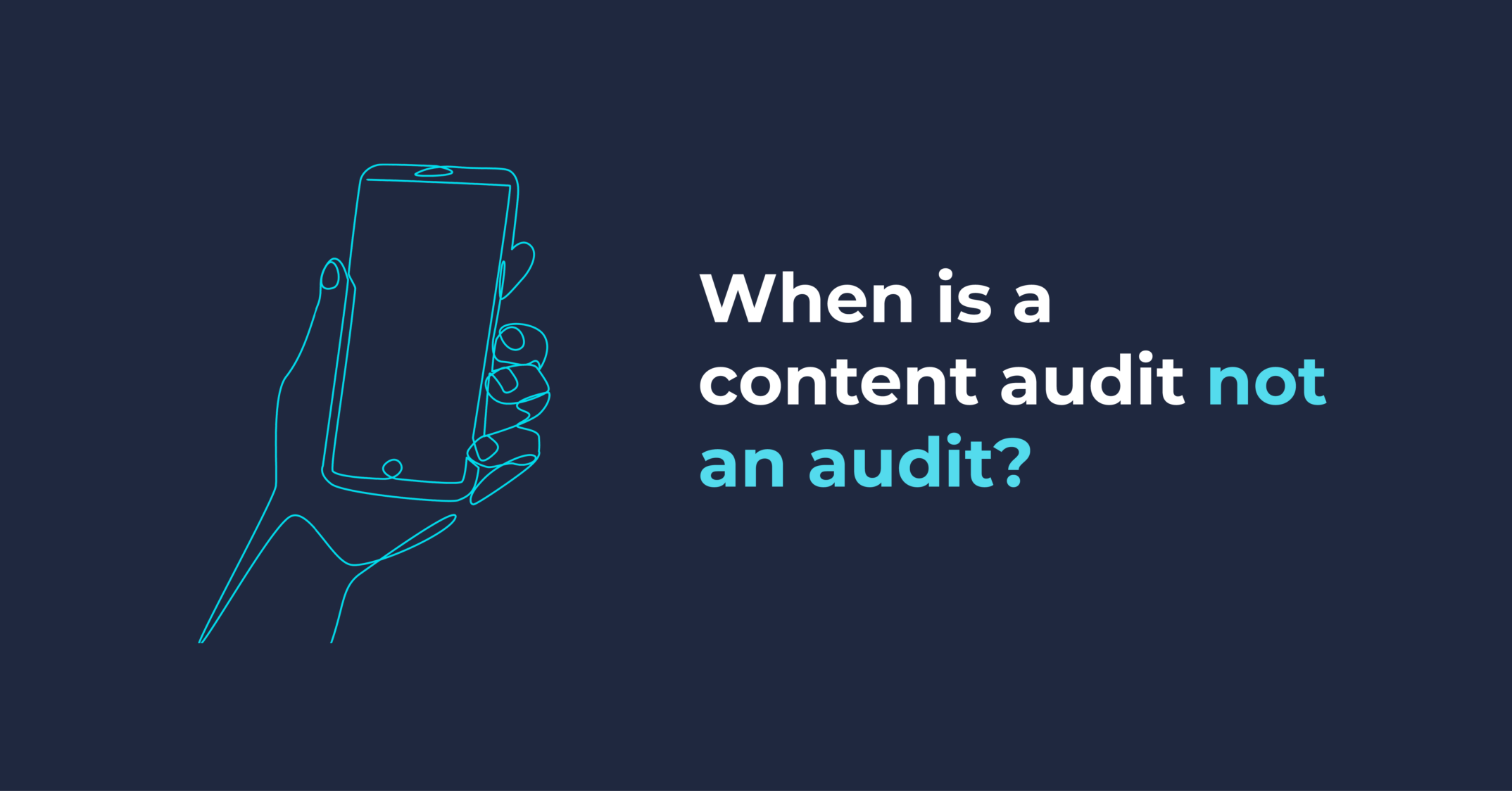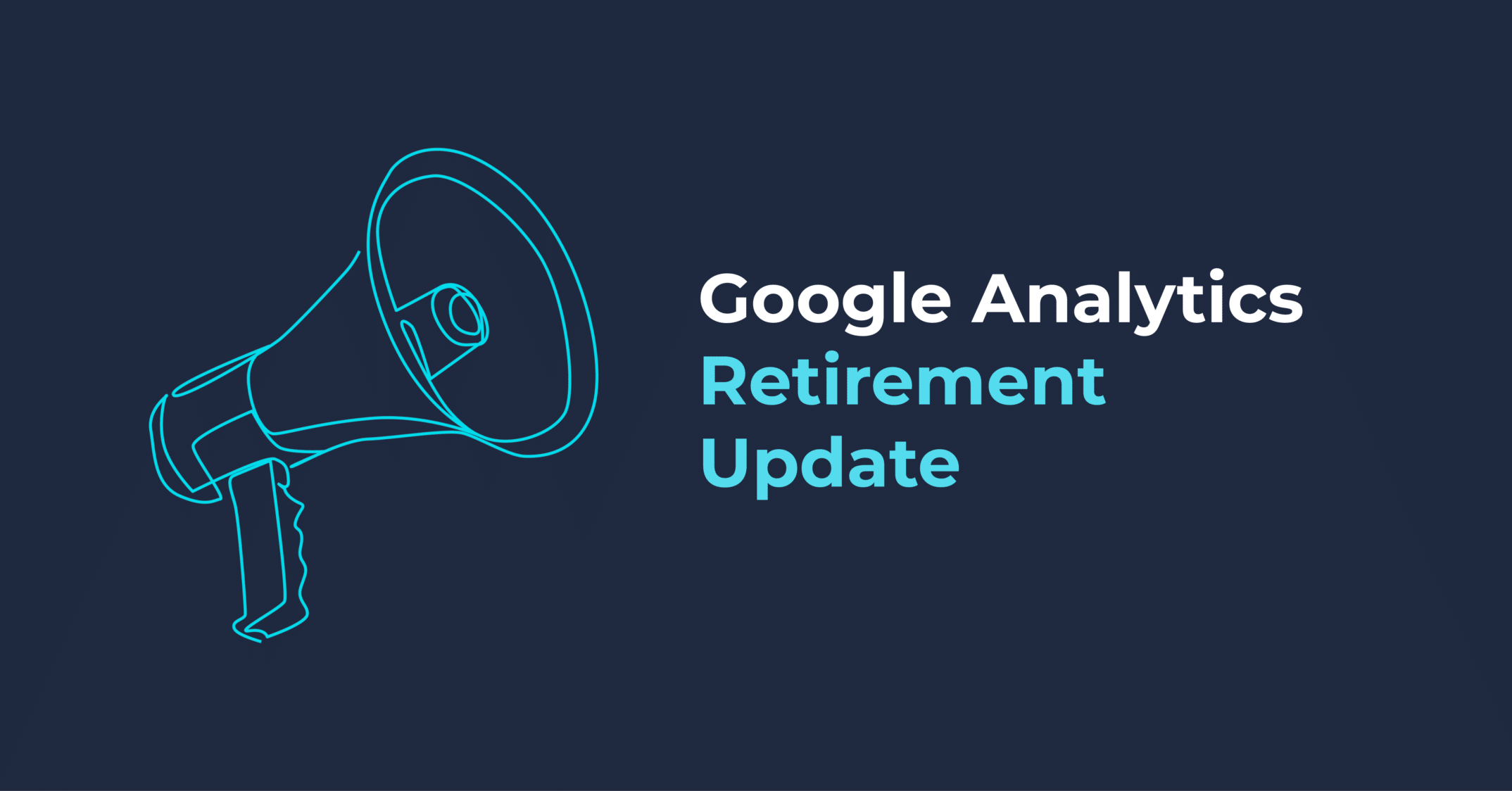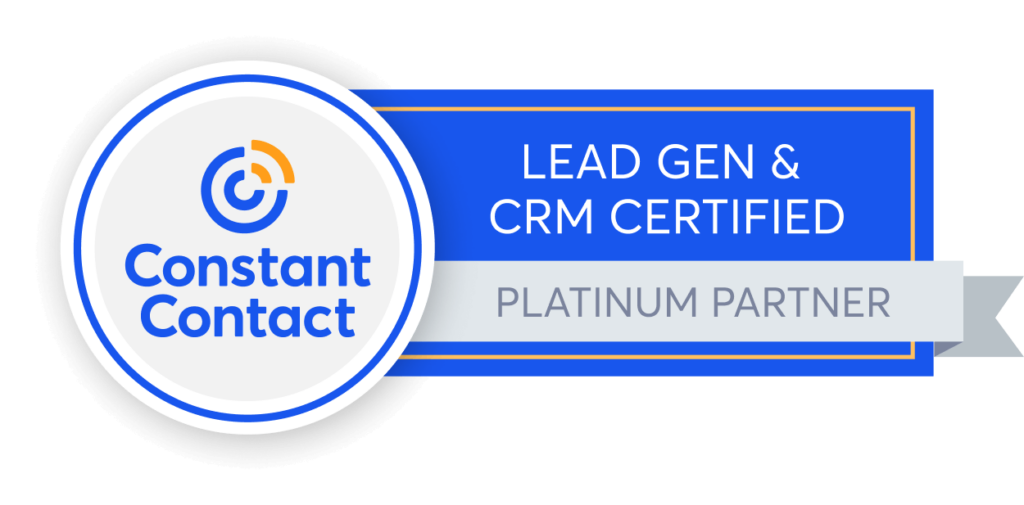
LinkedIn’s Newest Ad Format Has Arrived: Thought Leader Ads
LinkedIn officially rolled out Thought Leader Ads a couple of weeks ago and if they haven’t popped up in Campaign Manager yet, you should see them very soon. (The functionality appeared for Sharp Ahead over the weekend).
We’ll start with how they work but if you just want to know whether you should try them or not, skip ahead now!
Let’s start with the how first.
Obviously the first step is to decide which employee post merits sponsorship. Choose someone in your organisation, likely to be a senior member of your team, who has recently created a compelling piece of content. Or choose a recently published piece of content and ask them to post it to their newsfeed.
Next, get yourself over to Campaign Manager to set up the campaign.
Pro tip: Although you can either start a new campaign or choose to include a Thought Leader ad in an existing one, we recommend creating a new campaign for your first trial. That way you can keep a close eye on success metrics and budget more easily.

Thought Leader Ads don’t (yet) work for all objectives or ad types.
The current functionality allows brand awareness or engagement and only works with single image sponsored content.
Next, choose Browse Existing Content (a helpful note from LI might pop up if this is the first time you’ve been in to campaign manager since the new functionality has been enabled).

Choose employee as your library source and if it’s greyed out, get yourself back to campaign setup as it’s likely that you’ve forgotten to disable the LinkedIn Audience Network (which is helpfully enabled by default).
Here you can search by employee and then choose from a list of their posts, which will appear in reverse chronological order.

Pro tip: The team member in question must:
· Have a public profile
· Have your company as an active and current job in their LinkedIn profile
· Your company name must match the company page associated with the Campaign Manager account
Next, simply select the content you would like to Request sponsorship for, read through the legalese pop up and send your request. Reminder that the request and subsequent approval emails can take up to an hour to appear in inboxes so don’t wait until the last minute to get your thought leader lined up to approve!

Note that once a post has been approved for use, it can be used for multiple campaigns without having to request additional approval.


Pro tip: You can setup remarketing audiences for Thought Leader ads in the same way you would for other campaign types!
So are they worth it?
Certainly, we’ve seen success stories from people in our networks, but for us the jury is still out.
We experimented with brand awareness and engagement objectives and both campaigns currently have higher than average CTRs at 3.83% which is 50% higher than our next best performing campaign, But they are on the high side at over twice our average (£7.13 vs £3.00) and the CPMs are 10X our average.
So are they worth it?
Certainly, we’ve seen success stories from people in our networks, but for us the jury is still out.
We experimented with brand awareness and engagement objectives and both campaigns currently have higher than average CTRs at 3.83% which is 50% higher than our next best performing campaign, But the are on the high side at over twice our average (£7.13 vs £3.00) and the CPMs are 10X our average.
Our recommendation?
Try a Thought Leader Ad under these circumstances:
· You have someone in your organisation who already has a large and engaged follower count
· They have an in-depth, timely piece of content to share
· Your objectives really are focused on brand awareness or engagement (and not leads)
· They are a supporting activity to a broader mix of activities
· You are willing to experiment with a slightly larger audience than usual
